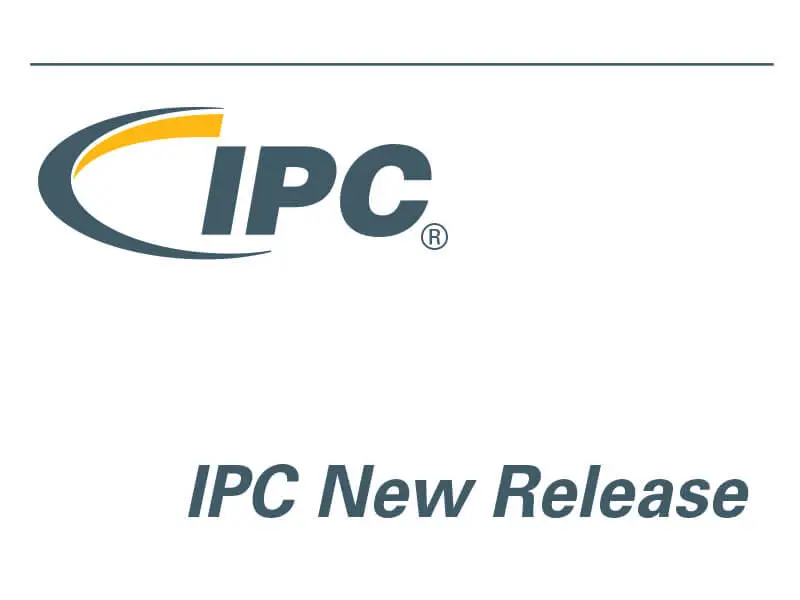The industry’s sole guideline on the handling, packaging and storage of printed boards. The guidelines in this document are intended to protect printed boards from contamination, physical damage, solderability degradation and moisture uptake. Consideration is given to packaging material types and methods, production environment, handling and transport of product, and establishing baking profiles for moisture removal. Revision A provides expanded coverage of moisture barrier bags (MBBs), the impact of baking on printed board solderability, ESD issues, moisture concerns for etched cores and composites, desiccant material and HIC cards, and example flowdowns of packaging and handling requirements. Number of pages: 19. Released June 2016.
IPC-1601A Printed Board Handling and Storage Guidelines
Scope
This document provides suggestions for proper handling, packaging materials and methods, environmental conditions, and storage for printed boards. These guidelines are intended to protect printed boards from contamination, physical damage, solderability degradation, electrostatic discharge (ESD) (when necessary), and moisture uptake. Moisture absorbed in printed board laminates expands at soldering temperatures, and in some cases, the resulting vapor pressure can cause internal delamination or excessive strain on plated-hole walls and other structures. This is especially challenging with the higher temperatures used for Pb-free soldering. This document covers all phases from the manufacture of the bare printed board, through delivery, receiving, stocking, assembly, and soldering. As a guideline, this information is to be used with, and is secondary to, established requirements in such documents as the IPC-4550 series for final finishes.
Preview the table of contents .pdf file.
Developed by the Printed Board Storage and Handling Subcommittee (D-35) of the Rigid Printed Board Committee (D-30) of IPC & Supersedes: IPC-1601 – August 2010

